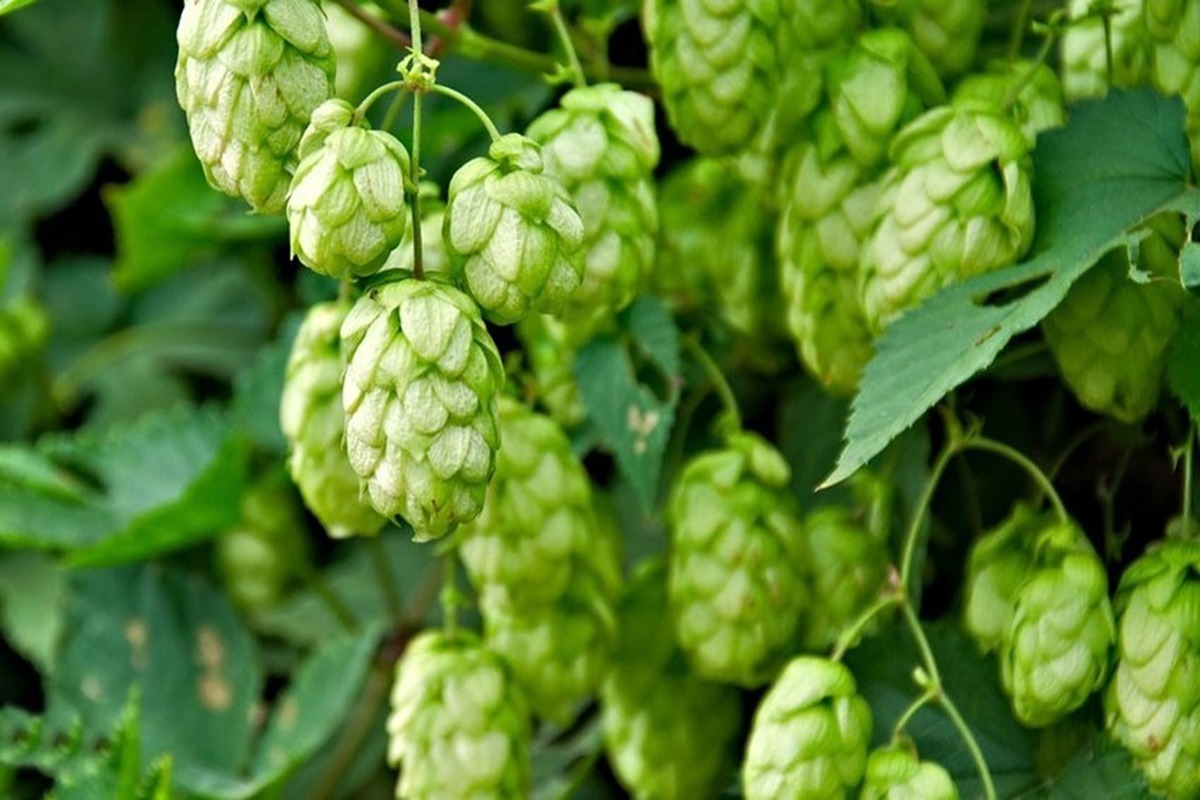From field to glass
Discover how Greenest has become a benchmark in hop cultivation in Brazil, offering comprehensive solutions for craft beer production, from the source of ingredients to distribution, with a focus on marketing, efficient logistics, and strict regulatory compliance.
5/8/20242 min read


Hops: The Bitter and Aromatic Heart of Beer — 7 Surprising Facts You Didn’t Know
Have you ever stopped to think about what gives that pleasant bitterness, citrus, herbal, or even floral aroma to your favorite beer? Yes, it’s the hop, a delicate flower with superpowers. Behind its small green petals lies a rich history, a key role in modern brewing, and some facts that even the most seasoned brewers may not know.
If you're a fan of a good IPA, APA, or even a bold Sour, this article is for you.
1. A climbing plant that can grow up to 12 meters in a summer
Hops are vigorous plants: with the right support and climate, they can grow up to 30 cm per day during the peak season. In producing regions, they form true "green walls" as they climb ropes and wires—an awe-inspiring and almost mystical scene for anyone visiting a hop farm for the first time.
2. Before hops, beer was brewed with medieval herbs
Yes, beer existed before hops took the spotlight. In the past, a mixture called "gruit" was used, made from field rosemary, myrrh, juniper berries, and other herbs to flavor and preserve the beverage. Hops entered the scene around the 9th century, but only became truly popular in Europe in the 16th century, thanks to its preservative properties and aromatic profile.
3. Hops are a natural preservative
In addition to imparting bitterness and aroma, hops have antiseptic and antimicrobial properties, helping to preserve beer for longer. This was one of the reasons for the creation of the India Pale Ale — a hop-heavy style designed to withstand the long sea voyages between England and India.
4. Only female flowers are used in beer production
Hops are dioecious plants, meaning there are male and female plants. But only the female flowers (unpollinated) are used in beer production because they contain the lupulin glands—the small golden granules that concentrate the acids and essential oils responsible for the flavor and aroma.
5. Brazil is writing its own story in hop cultivation
Although traditional hop cultivation is in temperate regions like Germany and the United States, Brazil has been making rapid advancements—with technologies that allow for up to three harvests per year, thanks to genetic adaptation and innovative techniques. Brazilian hops are starting to gain recognition for their freshness, tropical terroir, and sustainability, especially with initiatives like Greenest, which combines productivity, ESG principles, and science.
6. There are over 250 hop varieties—and counting!
Cascade, Citra, Mosaic, Saaz, Amarillo... The list is long and grows each year with the development of new hybrid varieties. Some are super citrusy, others floral, spicy, or even mentholated. Each variety can completely change a beer's profile, and part of the fun is in experimenting.
Brewers, take note: Hops are more than an ingredient—they are a character!
Behind every distinctive beer is a unique combination of ingredients, but hops are undoubtedly the key to creating its identity. From field to glass, hops connect nature, science, and creativity.
The next time you savor an intense IPA or a well-balanced APA, remember: that aroma enveloping you didn’t come by chance. It came from a fearless, powerful flower with a lot of stories to tell.
